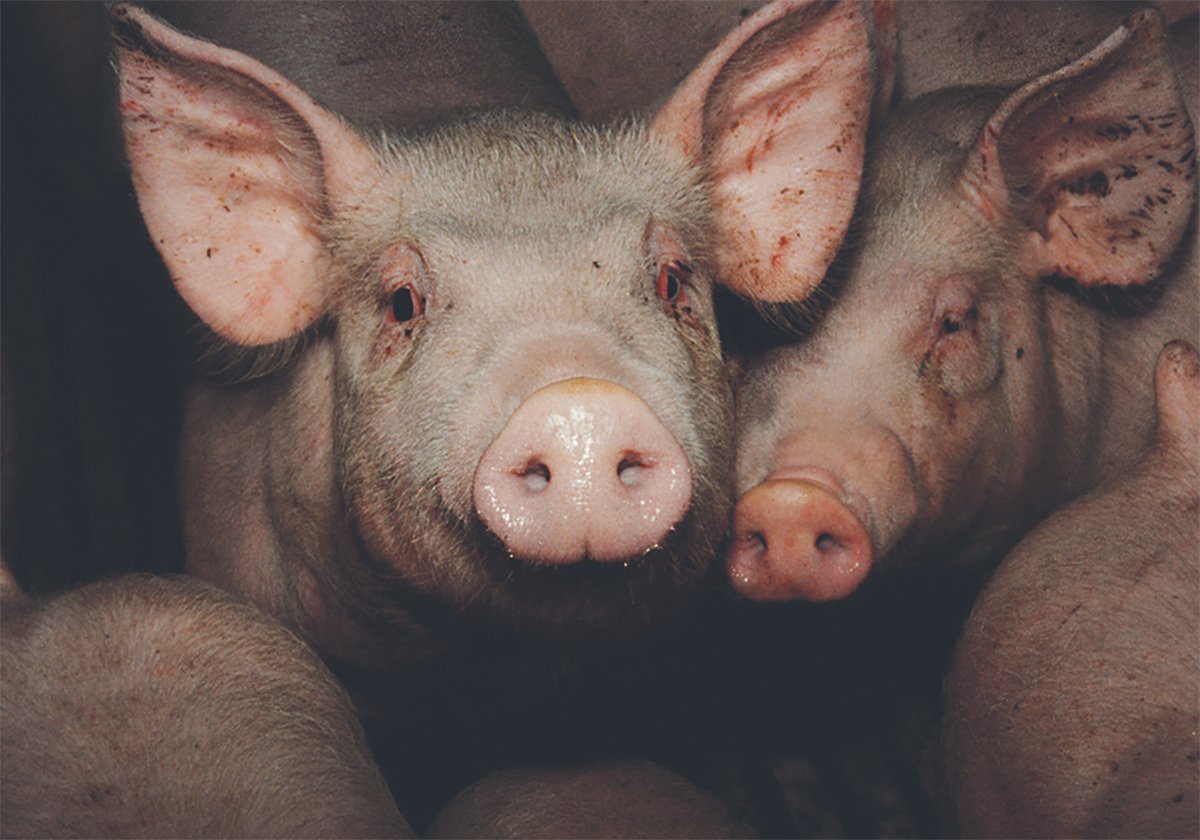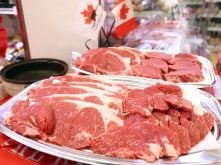An eye iris identification system invented for humans may find a wide application in the horse industry,
A Kentucky company called Iristrac is testing the system on 400 Thoroughbreds to prove the concept before introducing it commercially next year.
“We were able to get sufficient detail in the iris using Thoroughbreds in Kentucky. Later this month we’ll be working on cattle,” said Steve Wood, the company’s chief executive officer.
Some identification companies are investigating retinal scans for cattle but the system is not reliable enough yet for horses.
Read Also

The Western Producer Livestock Report – October 30, 2025
Western Producer Livestock Report for October 30, 2025. See U.S. & Canadian hog prices, Canadian bison & lamb market data and sales insights.
This newest concept originated with a New Jersey company, Iridian Technologies, that developed human iris identification for government, banking and military purposes.
Scanning the iris with a special camera seemed feasible until research showed the human system was not sophisticated enough for livestock.
That led to an improved imaging device capable of measuring between 200 and 400 data points in the iris to positively identify animals. Measures from one iris are sufficient even though each eye is different.
Wood said the error rate must be one or less in 1.2 million scans.
“If the error rate is too high, then you don’t have a reliable system.”
Also in the works is the development of reliable software to convert the image of the iris into a 512 bit code stored in a computer. Along with animal identity, producers should be able to add performance, health and movement data.
The next step is working on applications for cattle and hogs as part of the American national identification program to track individuals through the food chain.
“The U.S. Department of Agriculture and a number of other organizations are moving very aggressively to come up with animal ID systems that work. We have just an alphabet of different associations as well as governmental agencies that are studying issues and spending a lot of money on them,” Wood said.
Iristrac hopes to demonstrate the system is equal to or better than electronic microchips embedded in plastic ear tags.
“Our U.S. Department of Agriculture has said if a new technology like ours, which is noninvasive, is better and cheaper and faster, then they will embrace it, but we have to prove that,” Wood said.
“The market for performance animals is a very strong market. The equine market is so huge there are hundreds of different breed association and the numbers are just staggering,” he said.
Besides recording individual identity and movement, iris identification could also provide proof of ownership in the case of theft.















